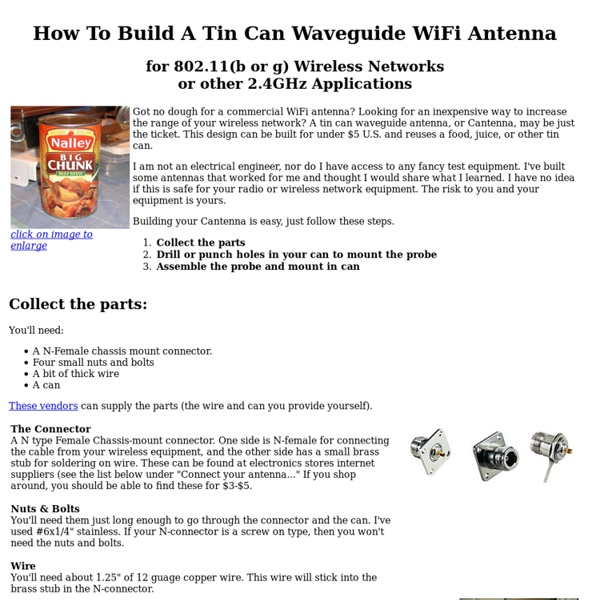Absinthe FAQ
This FAQ file was prepared by Matthew Baggott (bagg@ellis.uchicago.edu) for distribution on the newsgroup alt.drugs. It may be freely reprinted and distributed as long as it is properly credited. If you're reprinting the file in a zine (e- or otherwise), I'd like to hear about it. Some uses of the medline abstracts might be go beyond legal 'fair use' of that intellectual property. If I determine this to be a problem, I'll replace the abstracts with summaries written by myself. The following individuals contributed information or editorial skills to this FAQ file: Michael Golden (mgolden@eecs.umich.edu) archived the recipies which were posted to rec.food.drink by unknown parties; Laurent Hagimont (hagimont@cnam.cnam.fr) and Johnny Svensson (svensson@ISI.edu) supplied information about the current availability of absinthe; Johnny Svensson also gave information about wormwood's use as a flavoring in vodka. The file contains the following sections: What is absinthe? According to W. 1. 2.
The 50 Best Registry Hacks that Make Windows Better
We’re big fans of hacking the Windows Registry around here, and we’ve got one of the biggest collections of registry hacks you’ll find. Don’t believe us? Here’s a list of the top 50 registry hacks that we’ve covered. It’s important to note that you should never hack the registry if you don’t know what you’re doing, because your computer will light on fire and some squirrels may be injured. Also, you should create a System Restore point before doing so. Otherwise, keep reading. Prevent Windows Update from Forcibly Rebooting Your Computer We’ve all been at our computer when the Windows Update dialog pops up and tells us to reboot our computer. There’s a couple of ways that we can disable this behavior, however. Prevent Windows Update from Forcibly Rebooting Your Computer How to Clean Up Your Messy Windows Context Menu One of the most irritating things about Windows is the context menu clutter that you have to deal with once you install a bunch of applications. Disable Aero Shake in Windows 7
130 foot doublet / open wire line
In simple terms, true open wire line (sometimes called tuned feeders) has lower loss for two reasons: 1. The range of average impedances it operates at is generally much higher, with more voltage and less current. The reduced current lessens the ohmic losses in the skin-effect surface of the conductors. This tradeoff places more stress on the insulating materials, which must withstand more voltage without arc-over and must not have much leakage resistance between conductors. 2. For you diehards who really prefer coaxial cable, and want to use a tuner in the shack to solve high VSWR, there is a low-loss solution: Click here to see the high performace coax. From Terman, Radio Engineering, 2nd ed. p 700: "The losses in a properly constructed line can be made very small. He continues: "A two wire transmission line radiates very little energy because the close proximity of the two conductors carrying current in opposite directions very nearly cancels the radiated field.
InstantStorm - a free Flash screensaver creator - turn your SWF files into a screensaver
baby chameleons photo | one big photo - StumbleUpon
Random photo Submit your photo Stumble Thru animal photography Tags: baby animal chameleon baby chameleons by igor siwanowicz 1 047 420 views Rating: +26 a happy family of polar bears baby meerkats cute “mini lion” kitten Adorable Photos of Animals With Their Babies That Will Make You Go ‘Aww’ Place your ad here Loading... About OneBigPhoto is your daily dose of high quality photos. 2726 photos uploaded Important stuff Top rated Top galleries Submit photo Privacy policy Wallpaper Contact us Connect with us Search Some rights reserved. ©2013 OneBigPhoto.com
Mike Rutzen's Shark Diving Unlimited
Why Your Wi-Fi is Slow (And How You Can Fix It)
May 09, 2012, 4:44 PM — The first 801.11ac chipsets are coming soon, but 802.11n is likely to stick around for many years to come -- both in the business world and our homes. Unfortunately, the 300Mbps (megabits per second) that the n-standard promises rarely delivers anything even close and proves to be a massive bottleneck in the days of 50/100Mbps (or more?) broadband connections, 1080p video streaming, massive backups and so forth. On the business side of things, even menial tasks such as remote desktop or real-time collaboration suffer from a poor Wi-Fi-connection. [ 8 free Wi-Fi security tools ] In some of our tests, it wasn't uncommon that a 802.11n connection with devices only a few meters apart (and with only wall in between) can fall back to a mere 2-15 Mbps. If you're sick of slow Wi-Fi speeds but hate to go back to Ethernet, we've got a handful of tips that'll help boost weak signals. 1. Some routers are set up with their "Power savings" mode on by default. 2. 3.
peanut – David PA7LIM
Peanut is back. The latest Android version is stable and gives me more time to spend with my family. When I have time, I can work on bugfixes and features. Working on new project called Peanut. Supported hardware Supported OS Android 4.x or higher.Windows 7 and higher ( .NET 4.5 ) Access Make sure you are USTRUST DSTAR registered user to use the REF ( DPLUS ) rooms!! See if you are registered to DSTAR and DMR : Click here to make a code request : peanut-request สำหรับนักวิทยุสมัครเล่นไทย ลงทะเบียนขอโค้ดที่นี่ Supported radio’s Who is going to make the first analog hotspot? Rooms There are local rooms like SPANISH, DUTCH, ENGLISH, JAPANESE, KOREAN etc. List of rooms on the Global master: List of room on the Japanese master: Software Android : Windows : Dashboard Global
MaMaDaSp - Death To Spam!
MaMaDaSp Make life hard for spammers, put up a website (example, example2, exmple3, example4) with a huge amount of fake email adresses! Download here (208 kB) or go back to Pseudo Solutions



